Japanese gardens have long been admired for their exquisite beauty, harmonious design, and tranquil ambiance. These carefully crafted spaces offer a sanctuary from the fast-paced world, allowing individuals to reconnect with nature and find inner peace.
If you’ve ever dreamt of having your own Japanese garden, you’re in luck. In this article, we will guide you through 7 essential steps to help you create a Japanese garden that will transform your outdoor space into a serene oasis.
By following these seven steps, you can create your very own Japanese garden that embraces the principles of simplicity, natural beauty, and tranquility. Get ready to immerse yourself in a serene oasis that rejuvenates your spirit and offers a glimpse into the timeless elegance of Japanese culture.
#1. Plan The Layout
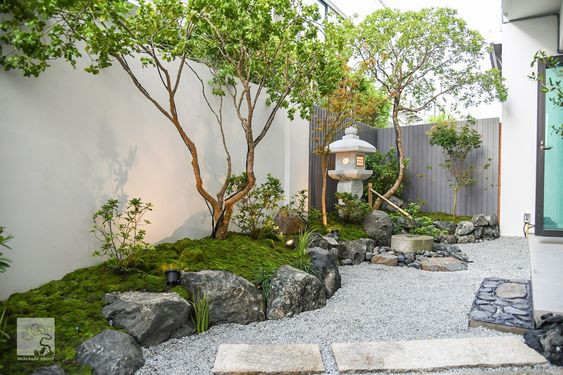 Source: Pinterest
Source: Pinterest
Before diving into the physical transformation, carefully plan the layout of your Japanese garden. Consider the available space, topography, and desired features such as ponds, bridges, pathways, and rock formations. A well-thought-out layout will ensure a cohesive and visually pleasing garden.
#2. Incorporate Natural Elements
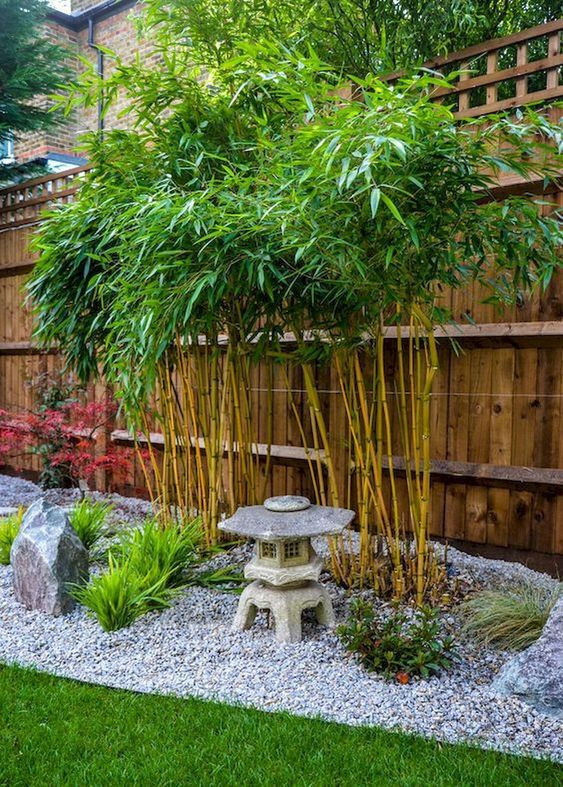 Source: Pinterest
Source: Pinterest
Japanese gardens aim to mimic the natural world, so it’s essential to incorporate natural elements such as rocks, water, and plants. Utilize rocks to create focal points, represent mountains, or construct pathways.
#3. Select Authentic Plants
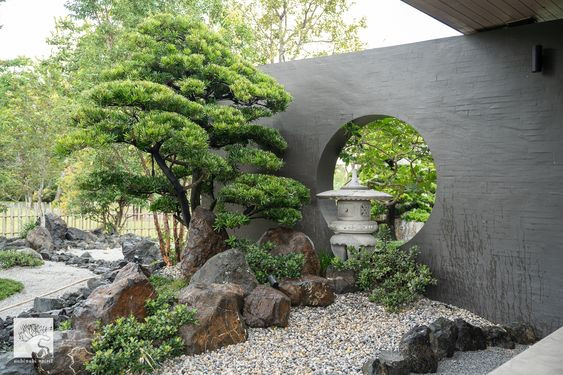 Source: Pinterest
Source: Pinterest
Choose plants traditionally found in Japanese gardens to maintain an authentic aesthetic. Common choices include cherry blossoms, Japanese maples, bamboo, moss, and ornamental grasses. Pay attention to seasonal changes and plant arrangements to create visual interest throughout the year.
#4. Create Zen Spaces
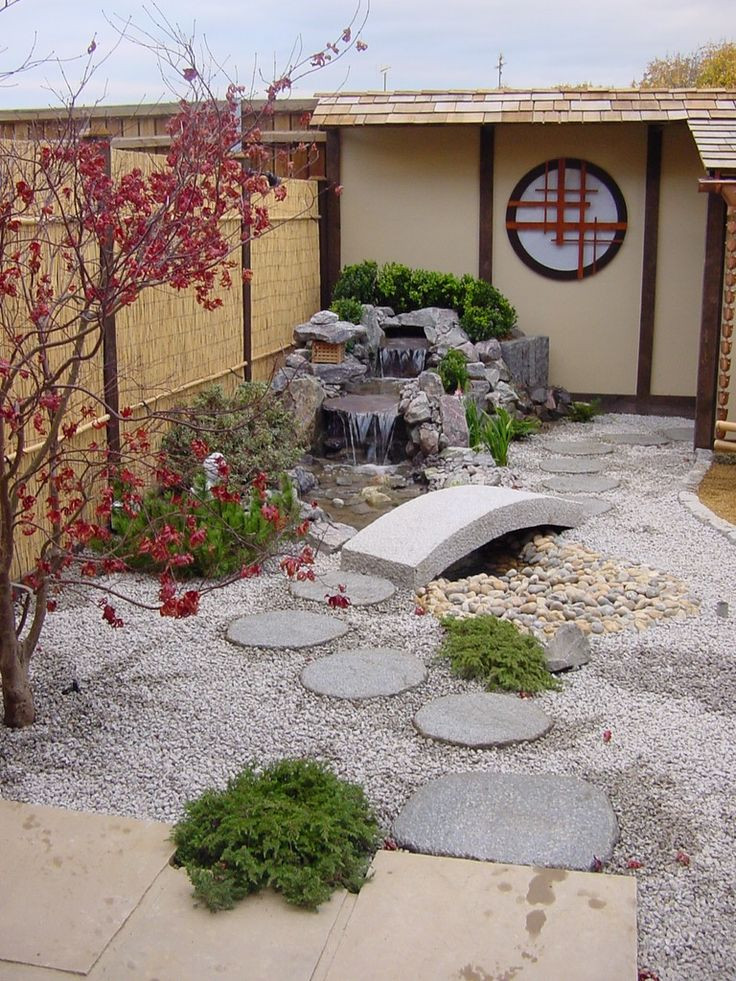 Source: Pinterest
Source: Pinterest
Incorporate meditation or contemplation areas within your garden to foster a sense of Zen. These spaces can be adorned with stone benches, lanterns, or a simple rock garden. Design them to offer a peaceful retreat where you can unwind and find solace amidst nature.
#5. Embrace Simplicity
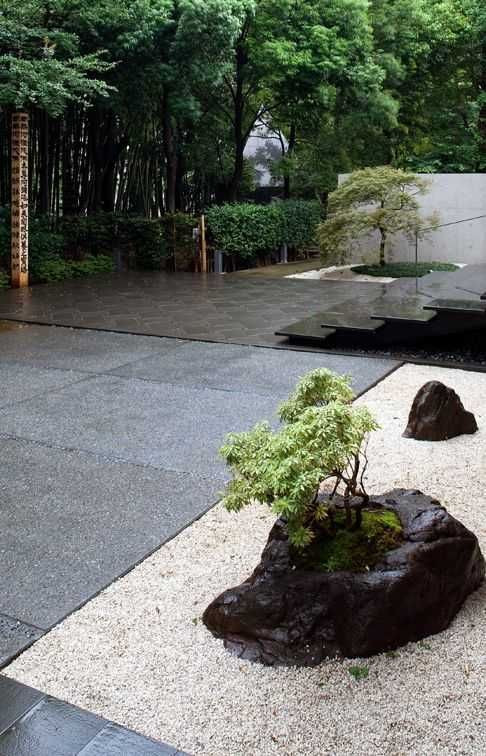 Source: Pinterest
Source: Pinterest
The fundamental principle of Japanese garden design is simplicity. Embrace minimalist aesthetics by removing clutter and opting for clean lines, uncluttered spaces, and a limited color palette. Focus on creating a sense of balance and harmony between different elements.
#6. Maintain Balance and Harmony
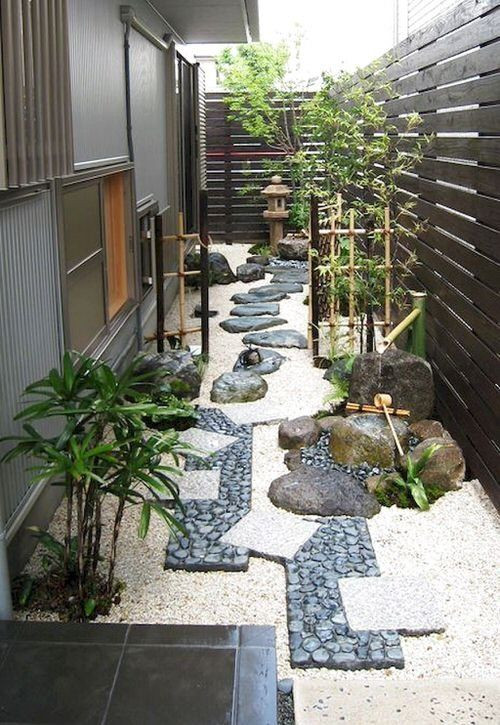 Source: Pinterest
Source: Pinterest
Regular maintenance is crucial to ensure your Japanese garden remains a serene sanctuary. Prune plants, rake gravel or sand, and clean water features to uphold the balance and harmony of the space. Remember that a Japanese garden is a living entity that requires ongoing care and attention.
#7. Add Water Feature, Especially Sozu
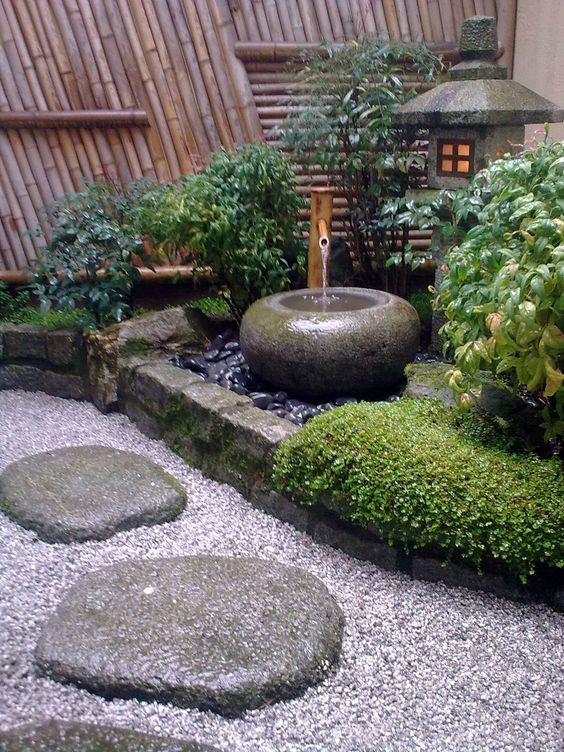 Source: Pinterest
Source: Pinterest
Japanese gardens often incorporate water features to evoke specific emotions or concepts. Japanese traditional fountain known as Sozu represents enlightenment or stepping stones symbolizing a journey. Integrate these elements thoughtfully to add depth and significance to your garden. Or, introduce a water element, be it a pond, stream, or waterfall, to evoke a sense of tranquility.
